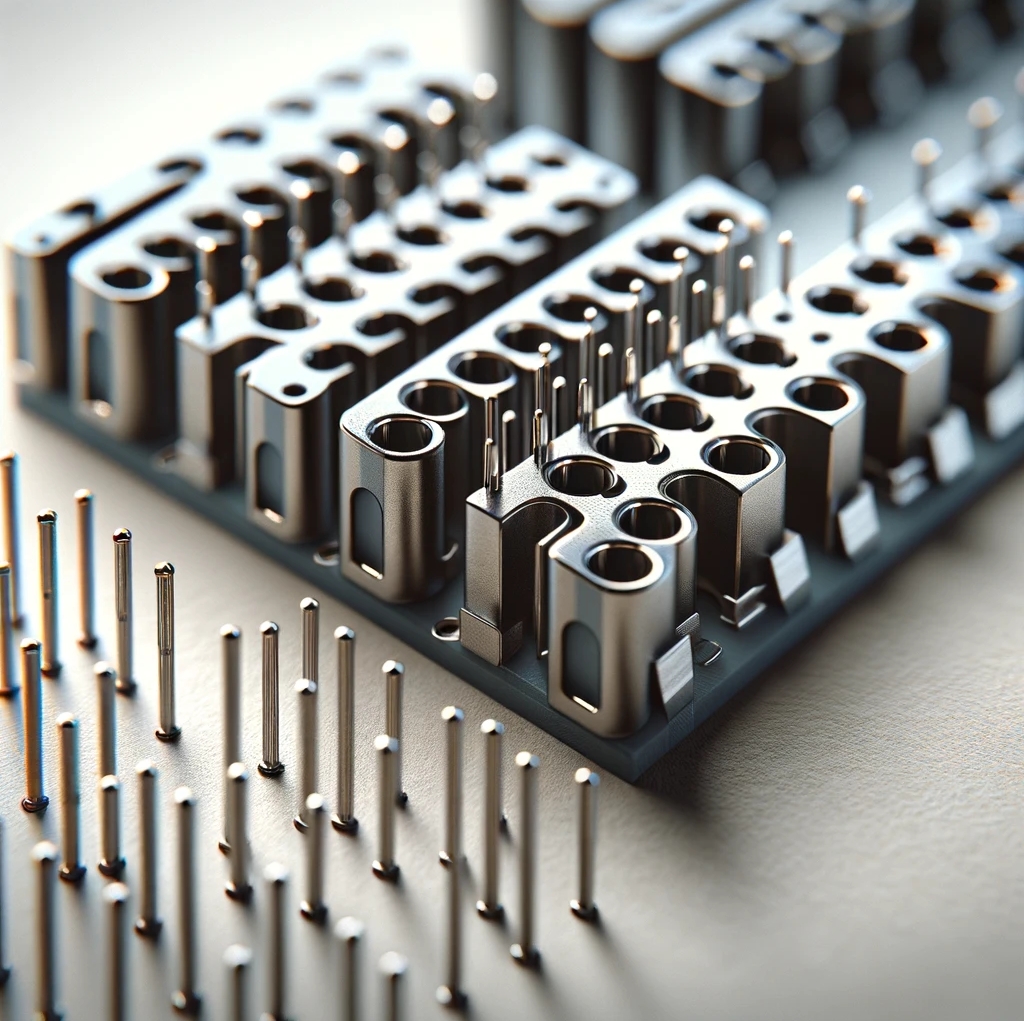Pin arrangement and bus arrangement: the core components of electronic connectors
 2024-01-23 11:00:26
2024-01-23 11:00:26

Pin Header and Female Header, which are commonly used connector types in electronic components, are used to realize board-to-board or wire-to-board connection. They are usually used for the connection between electronic circuit boards (such as PCB boards) and the connection between electronic components and cables. It is very important for electronic project and design to know how to use it and related technical knowledge.
Pin Header
Structure: The row of needles is a row of upright metal needles, usually fixed on a plastic base. These metal needles can be single row or multiple rows.
Type: According to the arrangement of stitches, the stitches can be straight (straight) or bent (L-shaped or bent at other angles). The distance between pins usually has different specifications, such as 2.54mm (usually on a standard circuit board), 2.00mm, 1.27mm, etc.
Welding: Pin arrangement is usually fixed on the circuit board by welding. During welding, attention should be paid to aligning the pins with the corresponding holes on the circuit board and keeping them in vertical arrangement.
Female Header
Structure: The pin arrangement corresponds to the pin arrangement and consists of a row of holes with metal shrapnel inside, which are usually embedded in the plastic base.
Matching: the hole position and spacing of the row mother are designed to match the stitches of the row needle. When in use, the pins of the pin arrangement are inserted into the holes of the pin arrangement, and the metal shrapnel provides necessary electrical contact and mechanical fixation.
method of application
Design matching: ensure that the number and spacing of stitches match the arrangement of row mother.
Welding pin arrangement: align the pins of pin arrangement correctly and weld them vertically to the circuit board.
Connecting the bus bar: align the bus bar with the pin bar and press it gently so that the pin bar is completely inserted into the bus bar. In order to prevent the damage of stitches or plugs, excessive force should be avoided.
Check the connection: make sure that the pin arrangement and the pin arrangement are firmly connected and all pins are correctly connected.


